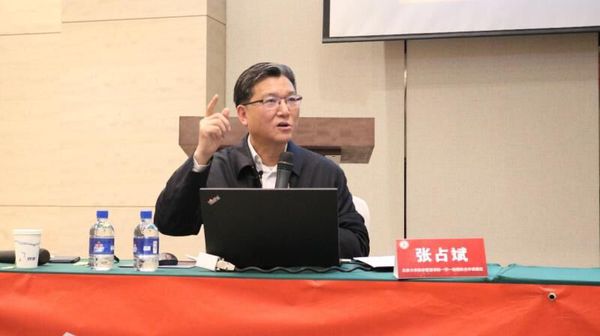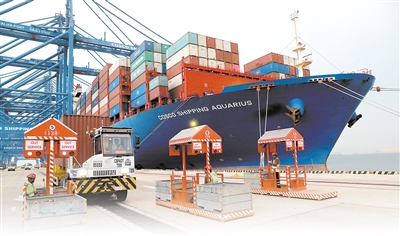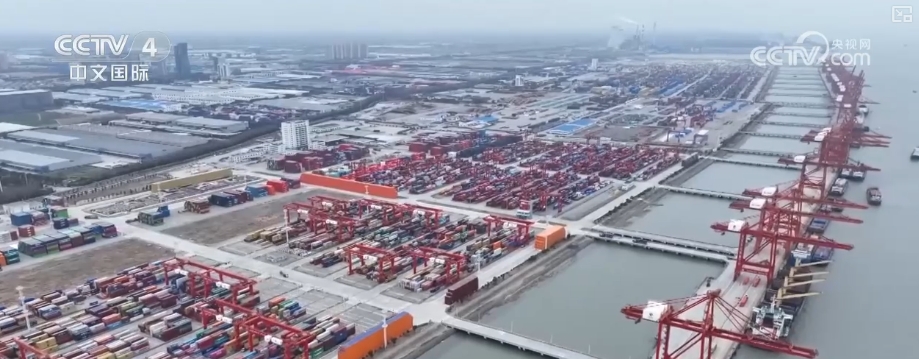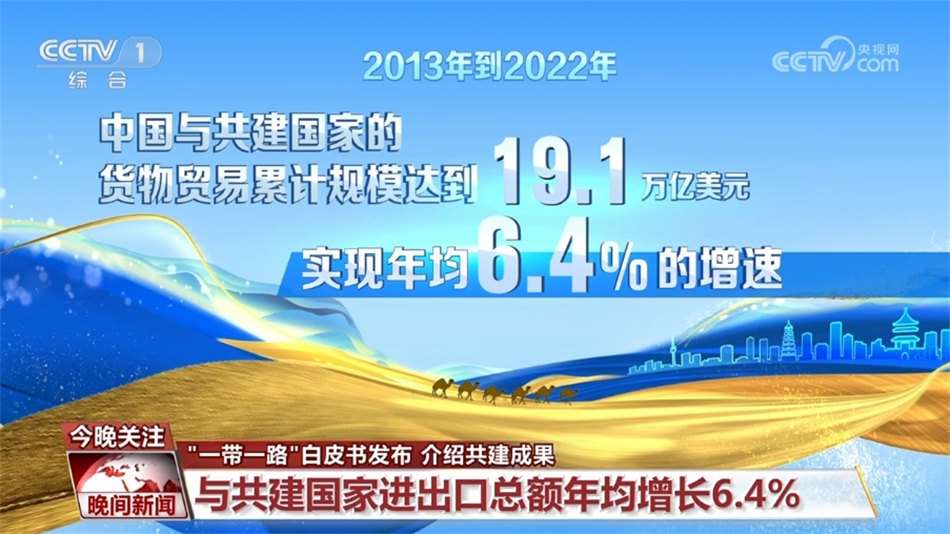French Engineer Sighed: We Have Taught China's Nuclear Energy Technology, And We Have Been Overtaken
French Engineer Sighed: We Have Taught China's Nuclear Energy Technology, And We Have Been Overtaken
French engineer lamented: He taught China nuclear energy technology, we were overtaken, China, the United States, Germany, Sweden, nuclear energy technology, French engineers
In early 2000, when engineers from Alstom, France were guiding construction on China's high-speed rail construction site, no one could have predicted how much China's international influence today.

At that time, the French high-speed rail was the world at a speed of 320 kilometers per hour, but in just 20 years, China's Fuxing had steadily ran at a speed of 350 kilometers per hour, and the test model CR450 was even more aimed at the 400 kilometers mark.
Even in an interview program, a French expert humbly praised China, saying that China has risen and that in the new century, we are increasingly dependent on China, and the Chinese are too powerful.

Innovation under lockdown
In 1980, at the Daya Bay nuclear power plant construction site, French experts taught Chinese workers to operate the M310 pressurized water reactor step by step. At that time, China's nuclear power accounted for only 4% of the country's power generation, while French nuclear power accounted for as high as 80%.
Forty years later, the plot reversed. The EPR nuclear power project in Flemish, France took 17 years, and the cost soared from 3.3 billion euros to 19 billion euros. The "Hualong One" independently developed by China only took 69 months from its start to commercial use, and the equipment domesticization rate exceeded 90%.

In particular, China has built more than 30 nuclear power units through countries along the "Belt and Road" and provided a complete set of solutions of "equipment engineering financing", becoming the new leader of the international nuclear power market.
Especially in the face of technological blockade, China's response shocked the West. When French experts claimed that "China should not independently develop chips", they underestimated China's determination to solve the technological dilemma.

Take lithography machines as an example. It is a key device for chip manufacturing. The world's most advanced extreme ultraviolet lithography machines involve top global technologies such as German lenses, Japanese composite materials, Swedish precision machine tools.
Although China has accumulated technology in MEMS micro-controlled flow, laser equipment and chip cleaning equipment, there is still a gap in overall level. However, when export control cuts off the way to obtain advanced equipment, China launched a coordinated research and development model of the entire industry chain, which further strengthens China's determination to develop high-end lithography machines.

Even in more than 200 technologies including quantum computing, 5G communications, and bioengineering, China has achieved a global leading position. Even a recent report from the US military think tank admitted that China has become one of the superpowers.
The multi-dimensional advantage of the new superpower
For example, in terms of new energy vehicles, in the first quarter of 2025, Chinese brands' sales in Europe rose by 78%, and BYD ATTO3 sold more than 5,000 vehicles in France in a month, far exceeding Volkswagen ID.3.

Moreover, the Paris Bus Company bought 200 electric buses in 2024, 185 from BYD's Hungarian factory, with a range of 120 kilometers more than French local products and a cost of 18% lower.
Even in electronic products, 90% of France's household electronic equipment is imported, 42% come from China, and 38% of medical supplies, such as masks and protective clothing, rely on China.
Especially in terms of rare earths, China's production accounts for 69.2% of the world in 2024, with leading purification technology, and the purity of dysprosium-element to 99.999%, which is only one-third of that of Europe. France's military industry and new energy industries are therefore limited.
Moreover, in the face of technological blockades from Western countries such as the United States, China has also made continuous breakthroughs in military aspects. For example, it took only ten years to complete the twenty-year path of the US F-22 from its first flight in 2011 to its induction in 2021.

Even the Eagle Strike-21 missile equipped with the Type 055 destroyer has a range of 1,500 kilometers, far exceeding the 400 kilometers of the French "Aster-30" missile. In terms of drone technology, the "Pterodor II" is stronger than the French "neuron" in actual combat.
Similarly, the guide rail materials of Chinese electromagnetic guns can be fired at high frequency, but France needs to change the guide rails frequently, and the Dongfeng-17 missile has an accuracy of 10 meters, and similar projects in France are still under test.

Even China's coordinated strike chain connects missiles, drones and satellites, but in contrast, France still stays on a single platform, with a lot of technology differences.
Moreover, in 2025, Chinese peacekeeping forces ranked first among the "civil cooperation index" of the 120 United Nations countries, dispatching more than 50,000 people, and had no record of violations, but France ranked only 68th.

In addition, the "Belt and Road" project has brought closer relations between China and developing countries, after the Serbia Hungary-Serbia Railway was opened to traffic, 500 local engineers obtained technical certification.
12 schools have been built around the Kalot Hydropower Station in Pakistan, and the enrollment rate of children has increased from 62% to 91%. In particular, China has introduced the concept of peaceful cooperation and contributed to the Saudi-Iran reconciliation and won the support of developing countries.
Even based on purchasing power parity, China's GDP has far surpassed the United States, and for every $10 growth in the global economy, nearly $4 is contributed by China.
According to the latest assessment by U.S. strategic experts wrote, "China's becoming a superpower is not a prediction, but a fait accompli. Their 36% of their technological indicators are approaching 100% of the United States, and the gap narrows faster than everyone expects."






